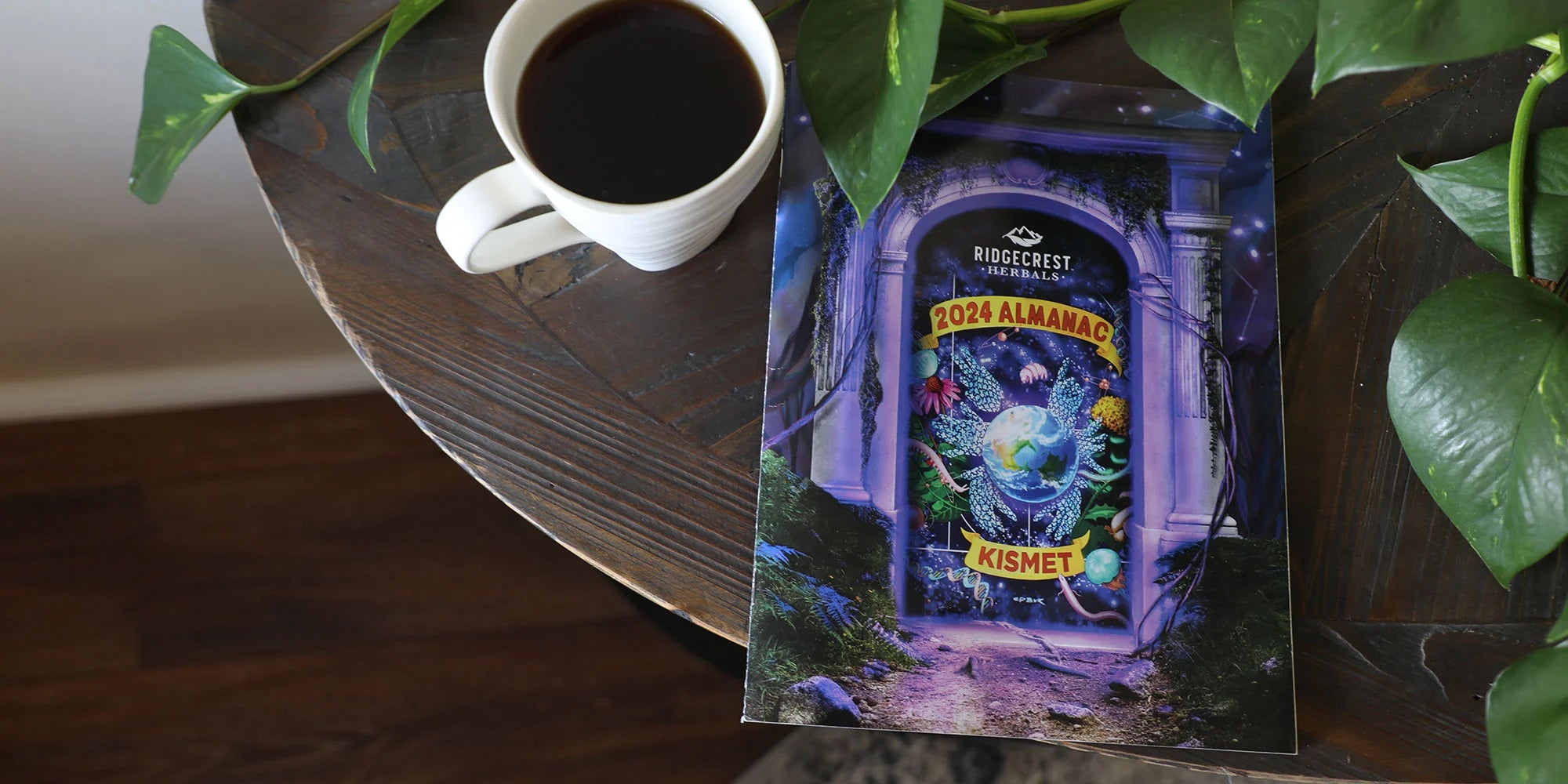Gold panning has been one of my favorite hobbies since I was a kid! Most of the time, it requires a lot of hard work, but it is easy to learn, and the rewards are awesome - it is also a blast!
Now, you can't just go to any river or area and find gold. It does take a little bit of knowledge and time. Usually, the best places to find information about gold-bearing areas and prospecting in your area is your local and national clubs. You don't have to join a club, but I would highly recommend it. Most of them can offer advice, equipment, and give you access to club-owned claims. They even have monthly outings, which will help you get started on finding gold. So let's talk about the equipment and tools you are going to need to get started. I would consider these to be essential for anyone who is just starting out. You are going to want:
- Gold Pan
- ½ Classifier
- Small Garden Trowel
- Shovel
- Small Prybar/screwdriver
- Sniffer Bottle
- Gloves
- 5 Gal bucket
- Chair
Alright, so we've got our basics now. I would recommend you start in an area with a stream. Water isn't a necessity when panning for gold, but it makes everything ten times easier. You will also want to make sure that you are not going to be on someone else's claim and/or private property - get permission in advance if needed. Once you get to the water, you will want to scan the stream for areas where the water would have slowed down. Gold is heavy, and when the current of the stream slows down, the gold settles to the bottom. Things I look for when panning are big rocks, eddies, or cracks. Start by digging in these areas or scraping out cracks. What you are looking for is hard, compacted soil, gravel, and clay. This is where your gold is going to get stuck.
Once you find this type of material, place your Classifier over your pan. As you are digging and scraping place material into your Classifier and gold pan. If you want to make things easier, you can put your Classifier on top of your 5-gallon bucket and scoop it into the bucket. I have a rule when I gold pan, and that is to never fill my pan more than two thirds full. If you add too much material, it makes it more challenging to pan properly and causes you to lose gold.
For a beginner, I would say start with about a third until you get the hang of it. Now that we have some material in our pan, we will want to submerge our pan and Classifier in the stream. Make sure the Classifier is over your gold pan and give it a rough shake. This will cause all the smaller materials to drop out the bottom and into your pan. Take some time after to carefully inspect your Classifier for large nuggets that might not have made it through, and then set it aside.
Now you are going to grab your pan with both hands and shake it side to side. You want to agitate the material so that the gold drops to the bottom of the pan. Slowly tilt your pan forward, allowing the material to slide to the edge of the pan, but not out. Any gold should be at the bottom of the pan at this point. Take one hand, scrape any larger material off the top of the surface, tilt the pan back flat, and give it another shake. Tilt your pan forward once again, this time dip the pan in and out of the water three to five times, allowing the lighter materials to wash off. Repeat this process until you have about half a cup or less of material.
At this point, you should see quite a bit of black sand and possibly some gold. To separate the gold from the black sand, fill your pan with a small amount of water and shake the material you have left in your pan into one spot. Give your pan a gentle swirl, letting the water go over your material. It will create a tail of black sand, leaving your gold at the tip. Grab your sniffer bottle and suck up the gold into the bottle keeping it safe. That's it! It takes technique, but anyone can pan for gold!



